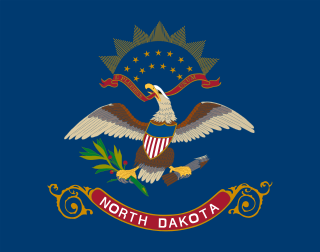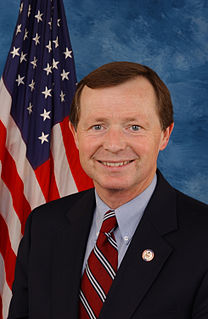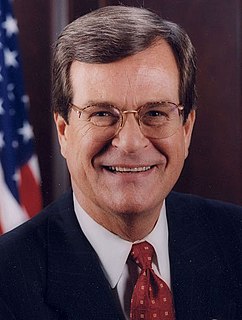
The 1998 United States Senate elections were held on November 3 and seen as an even contest between the Republican Party and Democratic Party. While the Democrats had to defend more seats up for election, Republican attacks on the morality of President Bill Clinton failed to connect with voters and anticipated Republican gains did not materialize. The Republicans picked up open seats in Ohio and Kentucky and narrowly defeated Democratic incumbent Carol Moseley Braun (Illinois), but these were cancelled out by the Democrats' gain of an open seat in Indiana and defeats of Republican Senators Al D'Amato and Lauch Faircloth. The balance of the Senate remained unchanged at 55–45 in favor of the Republicans. With Democrats gaining five seats in the House of Representatives, this marked the first time since 1934 that the out-of-presidency party failed to gain congressional seats in a mid-term election, and the first time since 1822 that the party not in control of the White House failed to gain seats in the mid-term election of a President's second term. These are the last senate elections that resulted in no net change in the balance of power.
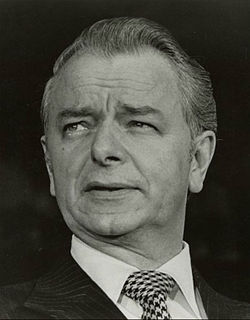
The 1986 United States Senate elections was an election for the United States Senate in the middle of Ronald Reagan's second presidential term. The Republicans had to defend an unusually large number of freshman Senate incumbents who had been elected on President Ronald Reagan's coattails in 1980. Democrats won a net of eight seats, defeating seven freshman incumbents and regaining control of the Senate for the first time since January 1981. The party not controlling the presidency gained seats, as usually occurs in mid-term elections.

The 1978 United States Senate elections in the middle of Democratic President Jimmy Carter's term. Thirteen seats changed hands between parties. The Democrats at first lost a net of two seats to the Republicans, and then one more in a special election. Democrats nevertheless retained a 58-41 majority.

The 1976 United States Senate elections was an election for the United States Senate that coincided with Democratic Jimmy Carter's presidential election and the United States Bicentennial celebration. Although almost half of the seats decided in this election changed parties, Carter's narrow victory did not provide coattails for the Democrats, and the balance of the chamber remained the same.

The 1968 United States Senate elections were elections for the United States Senate which coincided with the presidential election. Although Richard Nixon won the presidential election narrowly, the Republicans picked up five net seats in the Senate. Republicans would gain another seat after the election when Alaska Republican Ted Stevens was appointed to replace Democrat Bob Bartlett.

The 1964 United States Senate elections coincided with the election of President Lyndon B. Johnson by an overwhelming majority, to a full term. His Democratic Party picked up a net two seats from the Republicans. As of 2019, this is the last time either party has had a two-thirds majority in the Senate, which would have hypothetically allowed the Senate Democrats to override a veto, convict and expel certain officials, or invoke cloture without any votes from Republicans. The Senate election coincided with Democratic gains in the House in the same year.
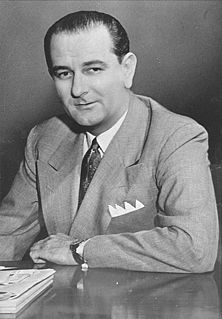
The 1958 United States Senate elections were elections for the United States Senate which occurred in the middle of President Dwight D. Eisenhower's second term. As is common in midterm elections, the party in the White House lost seats, but losses this year were more than usual, perhaps due to the high unemployment of the Recession of 1958. The Eisenhower Administration's position on right-to-work issues galvanized labor unions which supported Democrats. The launch of Sputnik may also have been a factor.

The 1956 United States Senate elections were elections for the United States Senate that coincided with the re-election of President Dwight D. Eisenhower. Although the Democrats gained two seats in regular elections, the Republicans gained back two seats in special elections, leaving the party balance of the chamber remained unchanged.

The 2006 congressional elections in Wisconsin were held on November 7, 2006 to determine who would represent the state of Wisconsin in the United States House of Representatives. Representatives were elected for two-year terms; those elected served in the 110th Congress from January 3, 2007 until January 3, 2009. The election coincided with the 2006 U.S. senatorial election and the 2006 Wisconsin gubernatorial election.

The 2006 U.S. House of Representatives election for the state of North Dakota's At-large congressional district was held November 7, 2006. The incumbent, Democratic-NPL Congressman Earl Pomeroy was re-elected to his eighth term, defeating Republican candidate Matt Mechtel.

The United States House of Representatives elections in Oregon, 2006 were held on November 7, 2006 to select Oregon's representatives to the United States House of Representatives. All five seats were up for election in 2006, as they are every two years. All five incumbents were re-elected, four of them by large margins; only the 5th district was somewhat competitive.

United States gubernatorial elections were held on November 2, 2010 in 37 states and two territories. As in most midterm elections, the party controlling the White House lost ground. Democrats did take five governorships from the Republicans, and Republicans took 11 governorships from the Democrats. An independent won one governorship previously held by a Republican. A Republican won one governorship previously held by an independent. Republicans held a majority of governorships for the first time since before the 2006 elections. One state, Louisiana, had no election for governor, but did feature a special election for lieutenant governor.
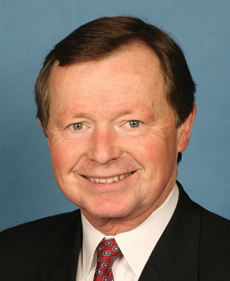
The 2008 election for North Dakota's At-large congressional district took place on November 4, 2008. The incumbent, Democratic-NPL Congressman Earl Pomeroy, was re-elected to his ninth term. Republican Duane Sand formally announced that he was running on March 20, 2008. He previously challenged Pomeroy in 2004.

The 2004 U.S. House of Representatives election for the state of North Dakota's At-large congressional district was held November 2, 2004. The incumbent, Democratic-NPL Congressman Earl Pomeroy was re-elected to his seventh term, defeating Republican candidate Duane Sand.
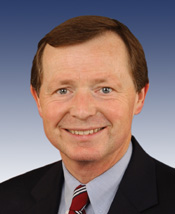
The 2002 U.S. House of Representatives election for the state of North Dakota's At-large congressional district was held November 5, 2002. The incumbent, Democratic-NPL Congressman Earl Pomeroy was re-elected to his sixth term, defeating Republican candidate Rick Clayburgh.
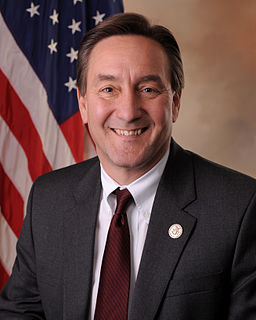
The 2010 House election in North Dakota took place on November 2, 2010 to elect the state's At-large Representative to the United States House of Representatives. Representatives are elected for two-year terms; this election was for the 112th Congress from January 3, 2011 until January 3, 2013. North Dakota has one seat in the House, apportioned according to the 2000 United States Census.
The 2002 House elections in Georgia occurred on November 5, 2002 to elect the members of the State of Georgia's delegation to the United States House of Representatives. Georgia has thirteen seats in the House, apportioned according to the 2000 United States Census.

The 2004 congressional elections in Minnesota were held on November 2, 2004 to determine who would represent the state of Minnesota in the United States House of Representatives.

North Dakota held two statewide elections in 2018: a primary election on Tuesday, June 12, and a general election on Tuesday, November 6. In addition, each township elected officers on Tuesday, March 20, and each school district held their elections on a date of their choosing between April 1 and June 30.


